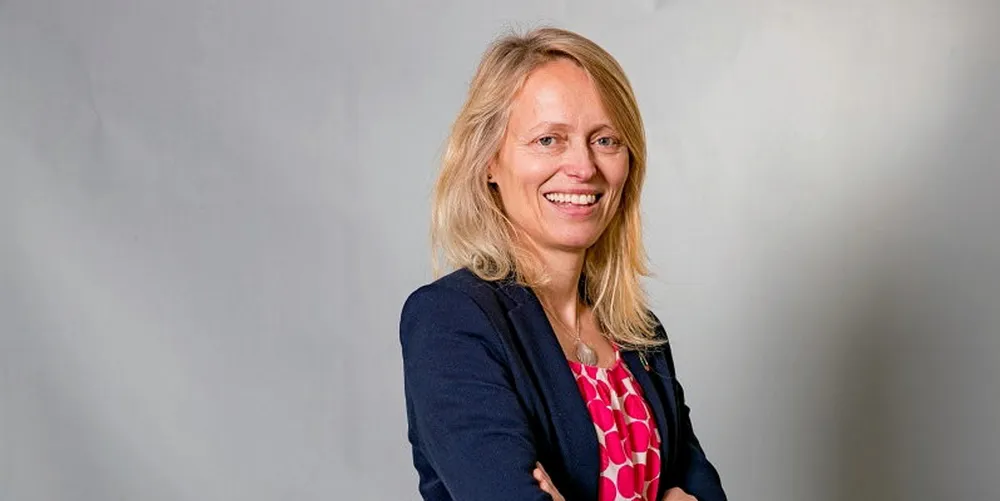Why does marine feed ingredient certification keep changing?
'A standard is not set in stone: it keeps developing to take into account new requirements in both environmental and social terms.'

'A standard is not set in stone: it keeps developing to take into account new requirements in both environmental and social terms.'
